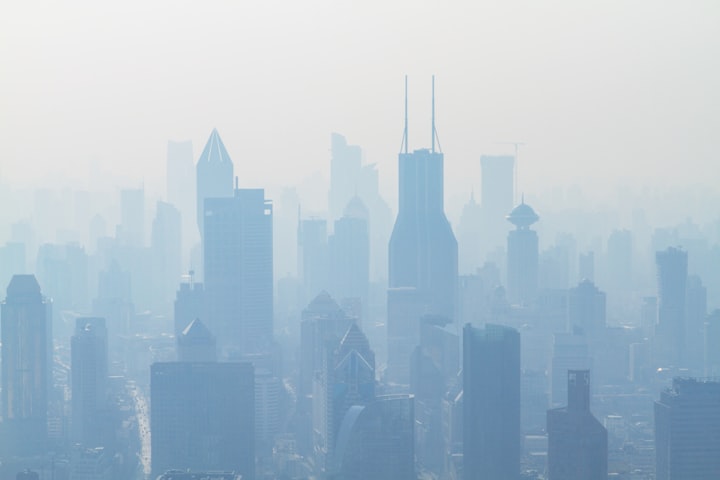
Horticultural practices involving keeping pigs, ponies, poultry, and ponies incline individuals to respiratory infections, such as asthma, because of the plenty of particles and gases they produce. These inorganic and natural particles involve allergens, aggravations, and poisons, which are answerable for respiratory infections. Inorganic particles exude from minerals in a stable equine climate. Natural particles are the most prevailing particles since they radiate from excrement, hide, parasites, microscopic organisms, and different microorganisms that are available in a stable equine climate. Every day, a significant number of individuals in Sweden communicate with ponies in a stable equine environment, where they open themselves to the natural residue, organisms, and microbial items like endotoxins and β-glycan. As per Walinder et al., corrals contain 1-3-β-glycan and endotoxins, which are biological particles that kindle the respiratory framework, cause asthma, and diminish aspiratory capacities (265). In particular, inadequately ventilated corrals have expanded degrees of natural and inorganic particles, thus, presenting incredible dangers to people and ponies. In this view, a stable equine climate has hurtful biological particles, which incline individuals to respiratory sicknesses like asthma. Considering that the equine business is colossal, it infers that a critical number of individuals are in danger of creating respiratory illnesses attributable to their openness to natural and inorganic particles in a stable equine climate.
Ventilation of corrals is fundamental to work on the day-to-day environments of ponies and shield them from microbial contaminations. In the pens, microbial defilement is a significant test since organisms, microorganisms, infections, and separate poisons cause ponies' respiratory sicknesses. Microbial pollution of air incites hypersensitivity, causes pneumonic aggravation, and starts diseases. Witkowska et al. express that ponies in inadequately ventilated pens foster an intermittent aviation route hindrance, a respiratory sickness radiating from microbial pollution (1060). In this view, the helpless ventilation of a stable equine climate makes organisms collect and cause repetitive aviation route checks. Guardians and fanatics of ponies are in danger of microbial contaminations since they spend a lot of their time in a stable equine climate. Witkowska et al. affirm that microbial tainting causes bronchial impediment among people who have presented themselves to a stable equine environment (1061). Significantly, the microbial defilement level depends upon the time of ponies, populace thickness, ventilation framework, and microclimatic conditions. Hence, microbial pollution is a significant issue that the farming of ponies faces since it inclines the two people and ponies to sicknesses.
Further developing ventilation of corrals is a possible mediation since it forestalls the aggregation of natural and inorganic particles noticeable all around to levels, which are unsafe to people and ponies. A review performed to build up the viability of mechanical ventilation shows that the grouping of vaporous contaminations like alkali and carbon dioxide and ultrafine particles diminished fundamentally (Wallander et al. 270). Along these lines, it is apparent that mechanical ventilation viably works on the nature of air in the pens and thus decreases the danger of contaminated air. The correlation of air quality in precisely ventilated pens and unventilated pens shows a critical distinction in air quality. Wallander et al. report that precisely ventilated cells have preferable air quality over unventilated pens (271). In addition, building ventilation louvers and situating corrals toward the breeze improves the ventilation of enclosures.
Considering that the size of stability decides the defilement of organisms, the development of enormous corrals is fitting since they permit air to move openly and reflect encompassing ventilation conditions. Immense pens have preferable air quality over little corrals due to their capacity to allow surrounding air to move through them unreservedly. Lessening the populace thickness of ponies is one more answer for the helpless ventilation of corrals, which causes microbial pollution. Witkowska et al. express that high populace thickness increments microbial tainting for ponies who don't inhale natural air from the encompassing climate (1062). Furthermore, the idea of sheets impacts the presence of organisms. In this view, the day-by-day expulsion of feed, straw, and litter is an answer for microbial pollution in pens. Expanding the dampness of cells is likewise a compelling answer for air contamination since water noticeable all around traps natural and inorganic particles. In this manner, forestalling their aggregation is evident all around and causing respiratory sicknesses.





Comments
There are no comments for this story
Be the first to respond and start the conversation.